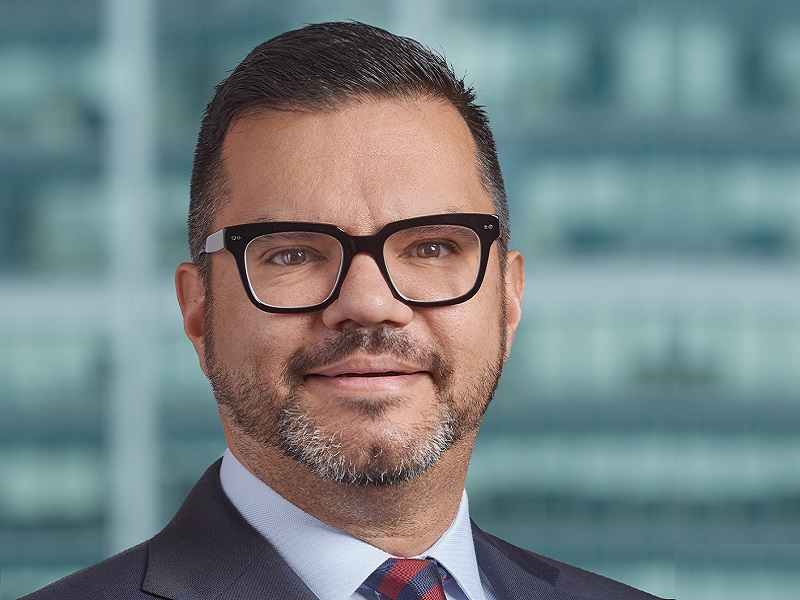
“Inflation is here and it has a meaningful impact on portfolios and financial assets,” said Ilan Kolet, an institutional portfolio manager at Fidelity Investments Inc., during a session at the Canadian Investment Review‘s 2021 Investment Innovation Conference. “I don’t think this will be a shock to anyone in the room or online.”
Highlighting the most significant considerations for institutional investors during periods of high inflation, Kolet referred to more volatile markets, an increased correlation between stock and bond performance, as well as decreasing returns from both, and an increased risks of interest rate hikes. He noted that not all of these effects were reflected in the current inflationary cycle.
Read: Central bankers downplaying long-term inflation risk: paper
“We know about the potential for central banks to raise interest rates, but the global attitude is very permissive of it. The biggest risk is, to me, the increased correlation between stocks and bonds.”
The effects of inflation can be further categorized as transitory, intermediate and permanent, he added. “A transitory shock is really something that will be out of the data in the first quarter of next year. When you see airfare, car rentals and hotel rates inflating very rapidly, it is transitory. A year ago, those sectors were essentially closed, so the prices are just catching up. Another example is oil prices. Supply chains have caused vehicle prices to accelerate. It isn’t transitory and it isn’t permanent. It will disappear, but not for another 18 months.
“The third bucket, where we are most concerned, is what’s happening to the labour market — wage growth and increasing service prices,” said Kolet, highlighting a chart that showed 80 per cent of U.S. businesses expect to raise wages. “We are experiencing an exceptionally tight labour market and we don’t think it will recover any time soon.”
Referring to a recent survey by the Canadian Federation of Independent Business, he noted an increase in consumer demand and an increase in labour availability in 2021. “This is really a supply problem not a demand problem. Consumers are flush with cash. The job market is very healthy. The constraint is labour. The answer is higher wages.”
Read: Quantitative easing windup, inflation likely to benefit pension plans: expert
Most of the effects of this cycle are transitory, said Kolet, adding he expects inflation will rise above the sub-two per cent levels markets have acclimatized to in the 21st century. “What are the asset classes that best protect against unexpected changes to the rate of inflation? Anything commodity-related. I don’t think this will come as much of a shock to any of you.”
In terms of a portfolio balance that’s capable of shrugging off inflationary risks, Kolet suggested a portfolio with a neutral mix of 42 per cent equities, 50 per cent fixed income and eight per cent commodities. In addition, he said the ability to overweight or underweight asset classes based on market opportunity could be well-hedged against the unpredictable effects of inflation.
According to internal research based on comparing this portfolio mix during historical periods, the hedged model could outperform a traditional 60-40 portfolio mix during periods of high inflation by more than 12 per cent, said Kolet. During more normal periods of low volume with either rising or dropping interest rates, a traditional asset mix would outperform the proposed inflation-protected mix by about two per cent.
“This inflation-protected portfolio generally keeps up in most market regimes. The cost of that insurance is not overwhelming.”
Read more coverage of the 2021 Investment Innovation Conference.
